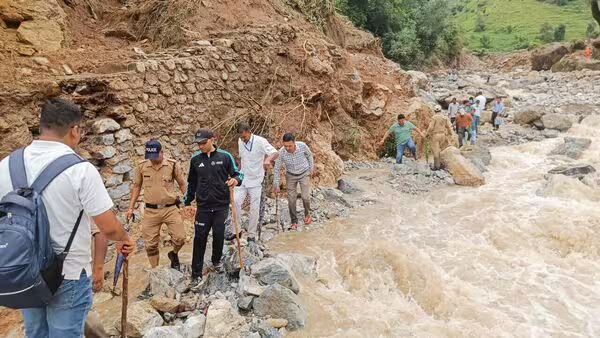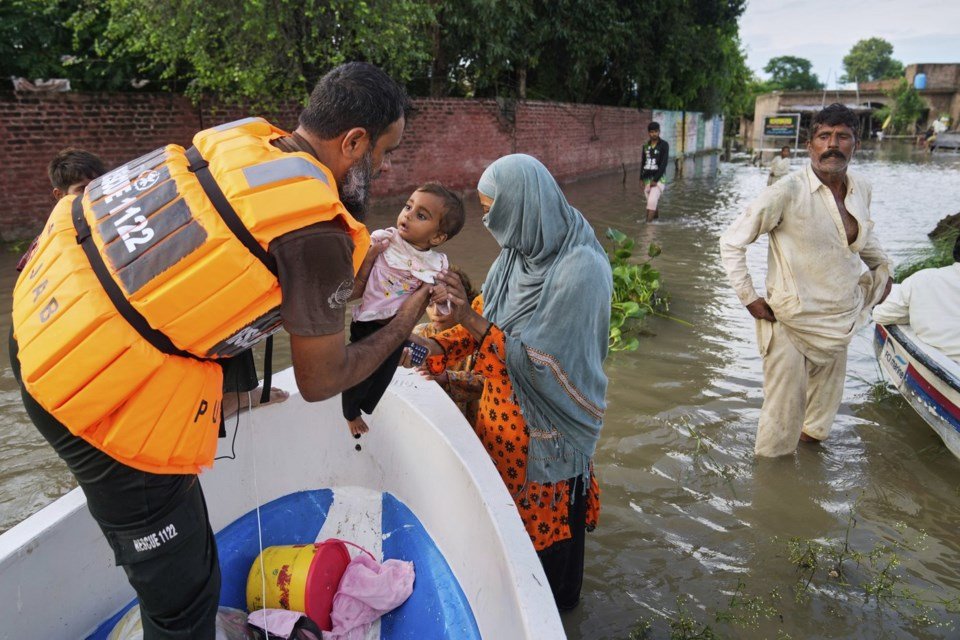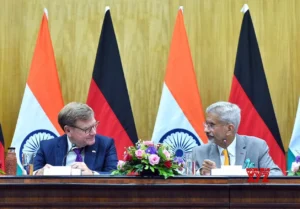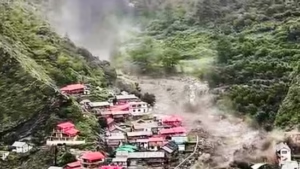The India Meteorological Department (IMD) issued a red alert as heavy rains began to fall on Sunday in Ghaziabad, Uttar Pradesh, which is close to Delhi. On Sunday morning, the IMD website’s nowcast said that IMD was not under any weather alert. In Ghaziabad and Noida, the red and orange alerts lasted until 11 a.m., at which point they were lowered to yellow warnings.
Which areas have experienced the greatest effects of this rainfall?
This year has had a number of extreme weather events that have coincided with high rainfall. Due to overflowing rivers that caused canals to break. Punjab had its worst flooding in decades, displacing lakhs of people and ruining thousands of hectares of agricultural land.
Cloudbursts and flash floods cause landslides and extensive property and life damage in the Himalayan states of Himachal Pradesh, Uttarakhand, and Jammu and Kashmir. Activities for tourists, such as the Vaishno Devi Yatra, have been postponed.
Haryana and Delhi are likely to experience severe rainfall
Heavy rains might cause landslides and flash floods as well as disturb daily life in North Rajasthan, Delhi, and South Haryana. The warnings are given by IMD director general Mritunjay Mohapatra. “Uttarakhand is the birthplace of numerous rivers. Therefore, a lot of rivers will flood as a result of excessive rainfall, which will affect cities and towns downstream. Thus, we ought to remember this,” he states. The upper catchment areas of the Mahandi River in Chhattisgarh are also anticipated to see heavy rainfall.
Warnings of flash floods by the India Meteorological Department

Several districts in Himachal Pradesh, including Chamba, Kangra, Kullu, Mandi, Solan, Shimla, and Sirmour, have received warnings for moderate to high flash flood threats. The districts of Almora, Bageswar, Chamoli, Champawat, Dehradun, Pauri Garhwal, Nainital, Tehri Garhwal, Rudraprayag, and Pithoragarh are under a flash flood warning in Uttarakhand.
Why are we getting so much heavy rainfall this year?
This year’s vigorous monsoon conditions have been bolstered by frequent Western disturbances, which have increased rainfall, particularly across the Himalaya region. Beginning on August 14th, the monsoon quickly returned. Over the second part of the month, four low-pressure systems maintained active conditions for 15 days.
Additionally, from August 22 to 24, very heavy to extremely heavy rainfall falls over Rajasthan. From August 23 to 26, it fell over Punjab and Haryana. Along with Punjab and portions of Rajasthan, Jammu and Kashmir experienced catastrophic flooding and landslides in Katra.
The western belt experienced unusually high levels of rainfall on August 20 in the Konkan and Madhya Maharashtra’s ghats. August 23 in East Rajasthan. August 27th in the Jammu region and August 28th in Telangana.







Be First to Comment